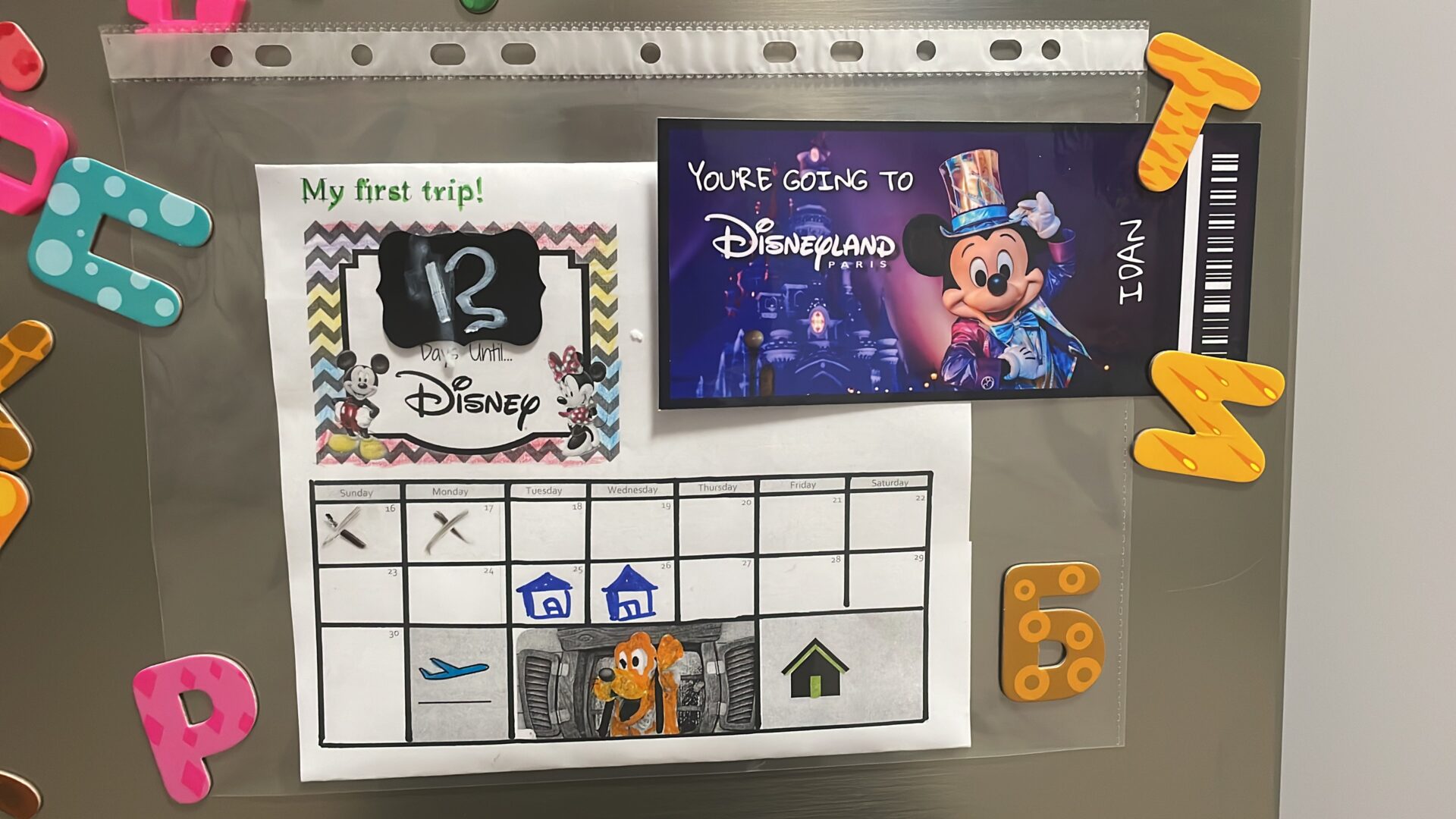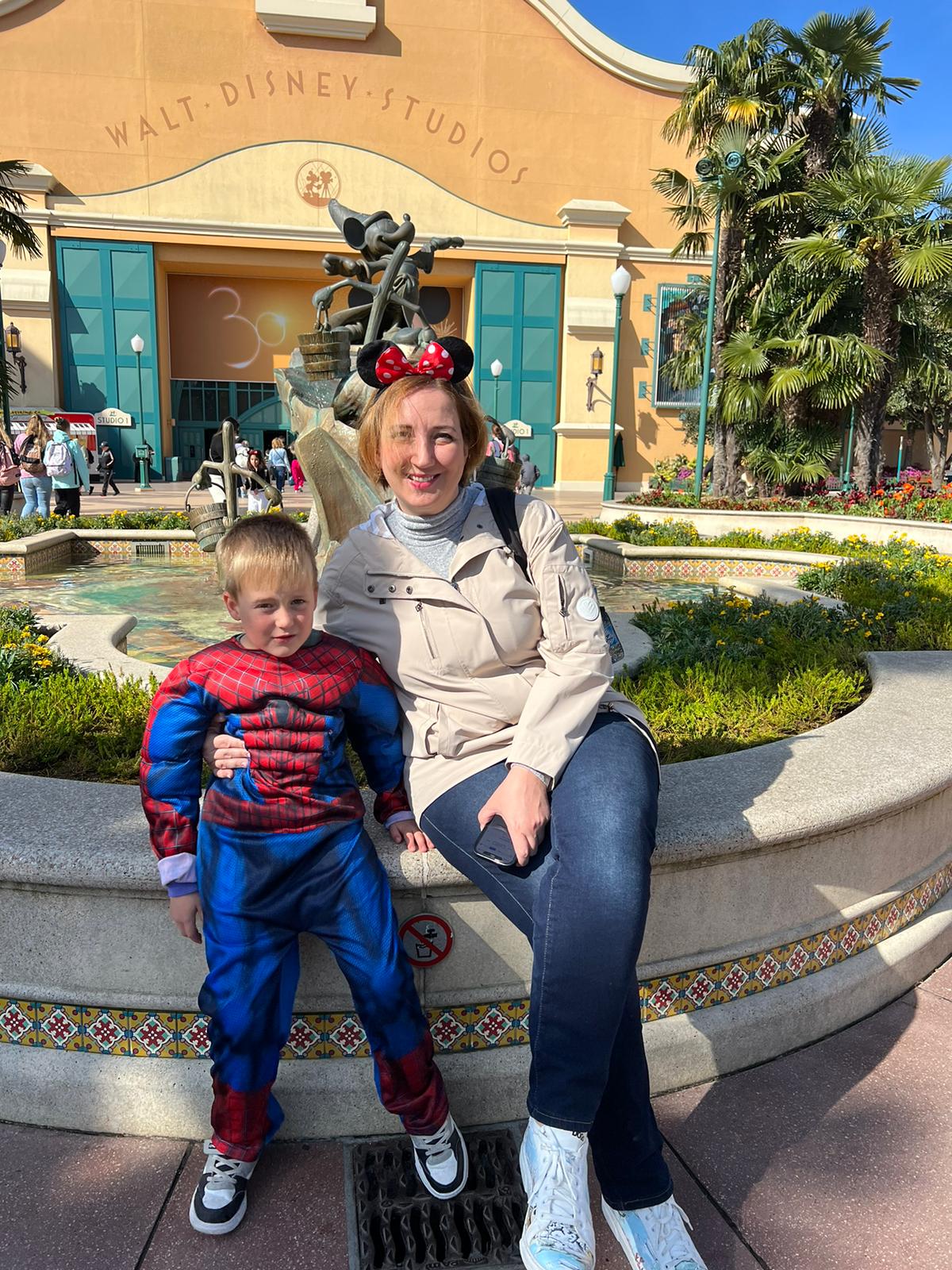Remembering my first thought about traveling with my autistic child is clear. It seemed hard dealing with new places, sensory issues, and changes from our daily routine. But I chose to face this challenge one summer. This choice showed me something powerful. With planning and a few changes, travel can be great for the whole family.
Traveling with an autistic child takes more preparation, but it’s worth it. The key is to meet your child’s sensory needs and make the travel feel like home. Choosing the right places, talking with the staff, and bringing items that make your child feel secure all help. This way, the trip is calming and fun for everyone.
Include your child in planning the trip and get ready for things like loud or crowded places. Every effort you put in makes the trip smoother and more enjoyable. Talking openly and showing understanding makes a huge difference. It turns family vacations into joyful memories everyone will cherish.

Key Takeaways
- Advance preparation is crucial to addressing the unique challenges of autism-friendly travel.
- Select destinations that cater to the sensory needs of autistic individuals.
- Communicate with service providers to ensure necessary accommodations are met.
- Bring familiar comfort items to create a reassuring environment for your child.
- Develop consistent routines and visual schedules for a smoother transition from home to vacation settings.
- Engage and include your child in planning to build enthusiasm and reduce anxiety.
- Have actionable plans ready for managing potential triggers during the trip.
Preparing for Your Trip
Traveling with an autistic child takes extra preparation. This ensures a great time for all. Use these tips to plan well. Keep your child’s needs in mind always.
Choosing the Right Destination
Choosing the right destination is key. Look for autism-friendly spots on blogs and websites, and get advice from other families who have similar experiences. Consider destinations that offer sensory-friendly attractions or accommodations. Involving your child in the decision-making process can build excitement and make them feel more comfortable.
For now we almost always chose a beach vacation. The resort of our yearly summer choice has quiet zones and sensory-friendly activities, which make a huge difference in our experience. Idan loves the predictability and calm environment, which allows me to relax and enjoy our time.
Creating a Vacation Countdown
A great tip is to make a visual countdown. Use calendars, pictures, and videos to mark the days leading up to the trip. This helps ease anxiety and builds anticipation.

Start packing early and let your child pick their favorite items to bring. Familiar items can provide comfort and reduce stress. One summer Idan brought his plush friends with him to the airport.

Conducting Rehearsals
Practicing ahead of time can really help. Have your child wear vacation clothes at home and try out different daily routines. Use picture books to show new places and activities. These rehearsals make the new environment less intimidating and prepare your child for what’s to come.
Before our trip to a @Disneyland Paris theme park, we did mini-rehearsals at home. Idan wore his park outfit, and we watched videos of the rides and attractions. We even practiced waiting in line by setting up a makeshift queue in our living room. This preparation made the actual visit much smoother, as Idan felt more familiar with the experience.

| Preparation Step | Benefit | Tips |
|---|---|---|
| Choosing the Right Destination | Ensures suitability and enjoyment for the whole family. | Use blogs, resources, and family conversations for guidance. |
| Creating a Vacation Countdown | Alleviates anxiety and builds anticipation. | Use calendars, pictures, and start packing early. |
| Conducting Rehearsals | Makes unfamiliar settings less intimidating. | Use picture books and practice schedule adjustments. |
Packing Essentials for Comfort
For autism-friendly travel, smart packing is key. It can boost comfort and lower stress for the child and their family. Being prepared well can turn your trip into a fun and memorable adventure.
Comfort Items to Bring Along
First off, pack comfort items your child adores. This can be their favorite toys, a cozy blanket, or soft pillows. Such things offer a comforting sense of home, reducing the shock of a new place.
Importance of Familiar Afferent Tools
Don’t forget about familiar tools your child may need. This includes noise-canceling headphones, a weighted blanket, or other sensory items. These help with overload and, at times, double as fun distractions while on the move.
Documents and Emergency Contacts
Always have essential documents and emergency contacts at the ready. Keep medical records, care plans, and emergency contact lists available. Being prepared like this ensures you’re ready for anything, bringing peace during your travels.
Letting your child help with the packing is a great idea. It gives them a sense of being in control and involved. This can greatly lower their anxiety. Plus, choosing items wisely can make what could be stressful, enjoyable.
| Items | Purpose |
|---|---|
| Favorite Toy | Provides comfort and a sense of familiarity |
| Noise-Canceling Headphones | Reduces sensory overload |
| Weighted Blanket | Helps with calming and relaxation |
| Medical Records | Essential for emergencies |
| Emergency Contacts | Quick access to needed contacts in unforeseen situations |
Maintaining a Routine
Keeping a balanced approach is key for smooth family travel, especially with autism. It’s crucial to stick to a routine for the autistic child’s stability.
Adhering to Regular Meal and Bed Times
Regular meal and bedtimes are vital. They help everyone know what to expect, even in new places.
On trips, I keep meal practices the same by having favorite dishes available. For bedtime, we stick to reading familiar stories or using special items. This keeps our travel smooth and calm.
Creating a Visual Schedule
A visual schedule is another great tool. It can be a chart, an app, or a simple list showing each day’s plan. This reduces anxiety by offering a clear view of upcoming events.
Each night, I set up the next day’s visuals. It helps my child see what’s coming, making the trip more predictable and fun. Travel becomes a mix of the usual and exciting new things.
Ensuring Autism-Friendly Accommodations
When traveling, finding the right accommodations is key to a relaxing trip. Making sure hotels and resorts understand your child’s needs before you arrive helps a lot.
Communicating with Hotels and Resorts
To make your travel autism-friendly, start by talking to the places you might stay. Explain what your child needs, like quiet rooms or special amenities. It’s important to mention if you need certain safety features or food accommodations.
Features of Autism-Friendly Environments
Autism-friendly places have special features focused on comfort and safety. They may have quiet rooms, less noise, and familiar things to help your child feel at ease. It’s a good idea to share a plan for if your child wanders with the hotel. This makes everyone feel more secure.
Autism-Friendly Travel Transport Options
It’s essential to pick the right way to travel for a great vacation, especially with an autistic child. Start with a detailed plan that focuses on what your child needs to feel comfortable and avoid stress. Choosing transport based on your child’s likes and dislikes can lay the groundwork for a happy trip.
Pre-boarding and Seating Preferences
Before a flight, contact the airline to talk about pre-boarding and where you can sit. Some airlines will let you board first or find a calm seat away from the noise. TSA Cares also helps with airport security, making things easier. Tell the airline staff what your child needs; they often try to help in any way they can.
Road Trip Tips and Breaks
If you’re driving, taking breaks is key to a smooth trip. Stopping often allows time to stretch and relax, which can help your child feel less anxious. Make the car feel like home by bringing familiar things. Thinking ahead about stops and activities can make the journey fun for everyone.
Using Social Stories for Preparation
Preparing with social stories can really help your child understand what to expect. These stories tell about the journey in a way that’s clear and comfortable, reducing fear of the unknown. Use pictures to show each step of the trip, from the start to reaching your destination. This approach gets your child ready for the trip and makes travelling easier and less stressful for them.
FAQ
How should I choose a suitable destination for traveling with my autistic child?
Picking a destination that’s autism-friendly is very important. Look for places known to welcome families like yours. Blogs and advice from others with autistic kids can be a great help.
How can I create a vacation countdown to help my autistic child prepare for the trip?
Make a visual countdown. Ideas include using calendars, videos, and pictures. This lets your child see when the trip is happening. It can help build excitement and reduce worries.
What are the benefits of conducting rehearsals before the trip?
Practicing parts of the trip can really help your child. This may include trying on vacation clothes or adjusting sleep times. Use stories in picture books to show what to expect.
What essential comfort items should I pack for my autistic child?
Don’t forget to pack things that make your child feel at home. These could be favorite toys or items that soothe them. Let your child help pick these things out.
Why are familiar afferent tools important during travel?
Familiar tools like noise-canceling headphones can make trips less overwhelming. They help lessen the impact of new sounds and sights. This makes traveling more comfortable for your child.
What documents and information should I keep easily accessible?
Keep important documents like medical records close by. Knowing they’re there can remove a lot of worry. It also helps if you need to act fast in an emergency.
How can I maintain a routine during our vacation?
Stick as closely as you can to regular meal and sleep times. This gives your child a sense of comfort in unknown places. It helps them feel more secure.
What is the best way to create a visual schedule for the vacation?
Use visual schedules to show what will happen each day. It could be a chart or an app. This makes the trip more predictable, which can really help your child.
How do I communicate our needs to hotels and resorts?
It’s key to talk to hotels about what you need in advance. Make sure they know about any special requests. This way, everything can be ready for your arrival.
What features should I look for in autism-friendly accommodations?
Look for quiet rooms and safety features. Also, make sure the staff knows about your plan in case your child wanders off. This helps keep everyone safe.
How do I arrange pre-boarding and seating preferences for air travel?
Reach out to the airline early to set up pre-boarding or special seats. It makes the airport and flight more manageable. For more airport help, check out TSA Cares.
What tips can help with road trips?
Plan stops during your drive for rest. It helps your child relax and adjust. Social stories can make the journey seem less daunting.
How can I use social stories to prepare my autistic child for travel?
Social stories are great for getting your child ready for the trip. They explain what to expect in a way that’s clear and familiar. You can make these stories just right for your child.
